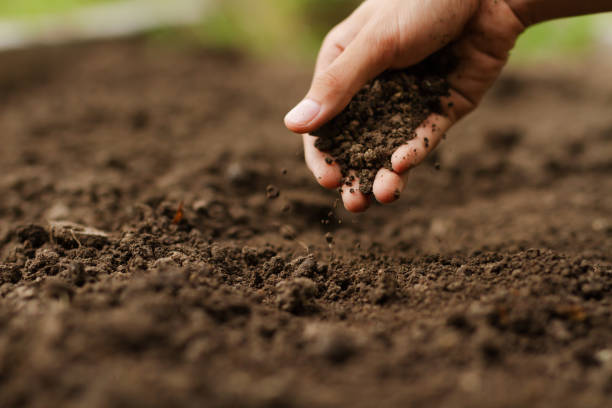Recycle Process

Panchakavyam recycling process
The solid residues, primarily consisting of cow dung and other organic matter, can be used as valuable inputs for composting. These residues are mixed with other organic materials like agricultural waste, kitchen scraps, or dry leaves to create nutrient-rich compost. The composting process allows the solid residues to decompose over time. Beneficial microorganisms break down the organic matter, converting it into humus, which is a dark, nutrient-dense material. The decomposed cow dung and other organic materials contribute essential nutrients, such as nitrogen, phosphorus, and potassium, to the compost. This enriched compost can then be used as a natural fertilizer for plants and crops. The nutrient-rich compost derived from Panchakavyam residues can be applied to agricultural fields or gardens. It helps improve soil structure, enhances water retention capacity, and provides a steady supply of nutrients to plants, promoting healthy growth and productivity. By recycling Panchakavyam residues through composting, a sustainable cycle is created. The nutrients derived from cow dung and other organic matter return to the soil, nourishing plants, and completing the ecological loop. This approach reduces waste and dependence on synthetic fertilizers, promoting environmentally friendly agricultural practices.
Vermi-Compost recycling process
Organic waste materials such as fruit and vegetable scraps, coffee grounds, tea leaves, shredded paper, and plant trimmings are collected. These materials should be free from any chemicals or contaminants A suitable vermicomposting setup is created, typically using a container or a specially designed vermicompost bin. The bin should have proper drainage and aeration to create an optimal environment for the worms. Over time, the worms will consume the organic waste and produce vermicompost. When most of the waste has been transformed into compost and the bedding material is rich in worm castings, it's time to harvest the vermicompost. This is done by separating the worms from the compost using methods like the "migration" or "side feeding" technique. The vermicompost can then be used to enrich soil, improve plant growth, or as a nutrient-rich amendment for gardens and potted plants. The vermicompost bin needs to be maintained properly to support the worm population and ensure efficient composting. This includes providing a balanced mix of organic waste, maintaining proper moisture levels, and ensuring adequate aeration. Avoid adding materials that may be harmful to the worms, such as meat, dairy products, or oily/greasy substances.